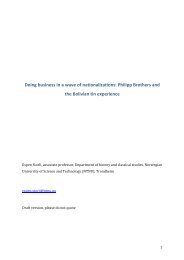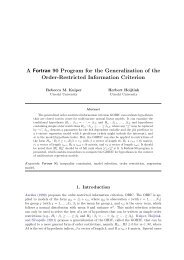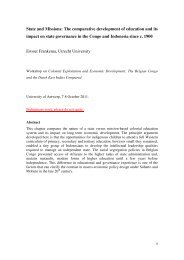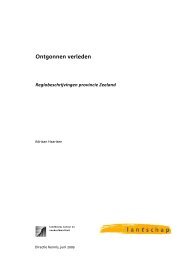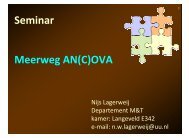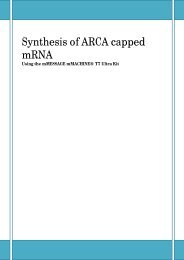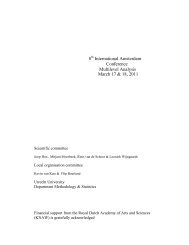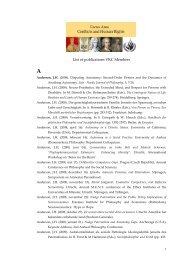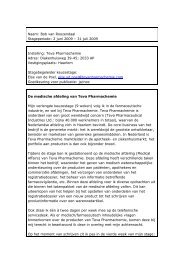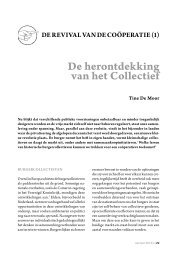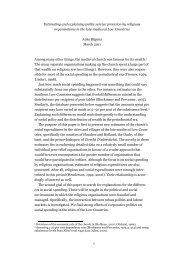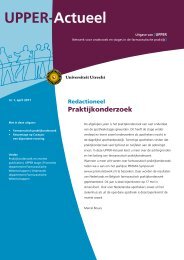New Approaches to Medieval Communication?1
New Approaches to Medieval Communication?1
New Approaches to Medieval Communication?1
You also want an ePaper? Increase the reach of your titles
YUMPU automatically turns print PDFs into web optimized ePapers that Google loves.
36 MARCO MOSTERTConclusionA first conclusion from this rapid survey imposes itself: research is centredever more on the question of the relative importance of writing, seen as part ofthe whole of medieval forms of communication. This change of perspectiveconstitutes a clear challenge for future research, and suggests a first approach<strong>to</strong> the subject.The earlier surveys of the uses of writing insisted on the preserved sources.Almost all sources, verbal as well as non-verbal, have been used for the studyof communication: objects, such as archaeological remains, <strong>to</strong>wn plans, monuments,works of art, books and documents, and iconographical and verbal‘texts’. Any object which has come down <strong>to</strong> us from the Middle Ages mayinform us as <strong>to</strong> aspects of medieval acts of communication, and not only thosesources may be put <strong>to</strong> use which were explicitly meant by their authors (ormakers) <strong>to</strong> convey information <strong>to</strong> contemporaries or <strong>to</strong> posterity .Images were clearly meant <strong>to</strong> convey a message, and used a visual vocabulary,grammar and semantics which are just as difficult <strong>to</strong> interpret as those ofverbal messages. The continued study of their messages provides anotherpromising approach.Written texts form the privileged sources for the student of medieval communication,not only because of their intrinsic interest as deposi<strong>to</strong>ries of thewritten word, but also because other forms of communication may be translatedin<strong>to</strong> writing (oral discourse, but also the symbolic systems of music andmathematics), or at least be described in written texts. Without written texts thesymbolic meaning of objects, including visual images, would remain obscureor simply unknown. The study of descriptions of non-verbal and oral communicationis a third major approach <strong>to</strong> medieval communication.<strong>Medieval</strong> written texts may also tell us something through the study of thecopies in which they survive. Written texts may be copied, read, commentedupon and translated in other times and places, and by others than those forwhom they were originally intended. The message of the author may bechanged, consciously or unconsciously, by ulterior readers. Written texts have<strong>to</strong> be studied not only for what their authors intended their message <strong>to</strong> be, butalso for what others made of that original message. Copies may be as interestingfor the study of medieval communication as original texts as they survivein au<strong>to</strong>graphs or apographs, or as they have been painfully reconstructed byphilologists. The study of the transmission of written texts constitutes a fourthapproach <strong>to</strong> medieval communication. 122122 See forthcoming studies by Mary Garrison and Karl Heidecker.



